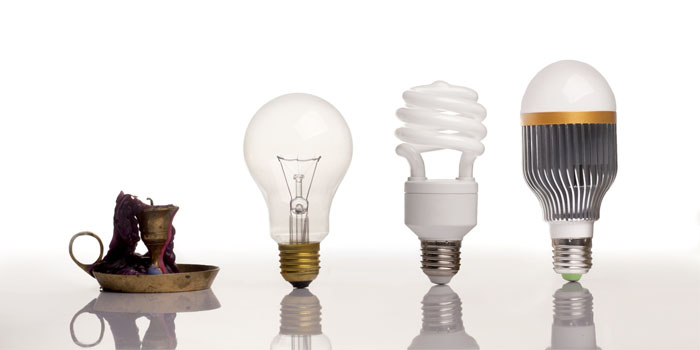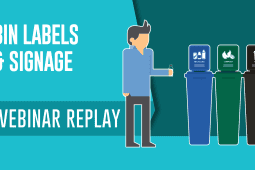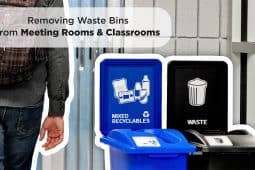G7 Agrees to Phase Out Carbon by 2100 – Here’s How You Can Start Now!
The recent G7 leaders’ summit in Germany actually had the world leaders agree that the way their countries emit greenhouse gasses is unsustainable, vowing to put a no carbon economy in place by 2100.
While such promises are great and all, actions speak louder than words. Rather than wait for governments to start implementing these no-carbon measures, take charge today with a smaller carbon footprint and lowering your greenhouse gas emissions! Keep reading to see how.
Inside & Outside the Home:
- Lighting – Look at the chart below to see the savings and lowered greenhouse gas emissions of CFLs (Compact Fluorescents) and LEDs compared to incandescent light bulbs.
| Incandescent | CFLs | LEDs | |
| Life Span | 1,200 hours | 8,000 hours | 50,000 hours |
| Kilowatt Usage | 3285 KWh/yr. | 767 KWh/yr. | 329 KWh/yr. |
| Cost | $328.59/year | $76.65/year | $32.85/year |
| Energy Consumption | 4500 pounds/year | 1051 pounds/year | 451 pounds/year |
- Water – replace faucets, showerheads, toilets and dishwashers with water-efficient versions. Reduce outdoor water consumption by taking your car to an energy efficient car wash, planting climate appropriate plants and grasses that need very little water.
- Energy Star everywhere – always think of the long run costs of the appliances, air conditioners and heating systems in your home. That cheaper fridge might cost you more in energy consumption in the long run. Anything with an Energy Star logo on it is a great place to start.
- Buy local produce and organic food – much of the produce at supermarkets has traveled hundreds of miles, the fruits and veggies at local farmers markets use only a fraction of the fuel to get from field to table.
- Cut back on beef and dairy – buy local also applies here as well. Besides the environmental impact of raising cows, there’s also the amount of gas needed to ship beef and dairy from one country to another.
- Reduce, Reuse & Recycle – cut down on waste, reuse as much as possible. According to the EPA, approximately 42 percent of U.S. greenhouse gas emissions are associated with the energy used to produce, process, transport, and dispose of the food we eat and the goods we use.

In the Car:
- Ditch the car – not literally of course! Ride your bike or walk, carpool or use public transportation, avoid driving if it’s only you in the car!
- Research environmentally friendly cars – in the market for a new vehicle? Do your homework to see which cars have the best miles-per-gallon rating. Avoid SUVs, Vans or Trucks if you can. Choosing a hybrid or electric car is your best bet for owning an automobile while still lowering your carbon footprint.
- Get hitched – just because you’ve bought a smaller car doesn’t mean you have to give up the cargo space of a larger gas guzzler. A receiver hitch and rack is all the added space you need!
- Maintain – check tires to make sure they are properly inflated (this alone saves 400-700 lbs of CO2 a year), use the correct grade of motor oil and make sure your engine is tuned. Replace oil, air and fuel filters on schedule.
- Avoid driving like you’re in a NASCAR race – accelerate and decelerate slowly and smoothly, drive the speed limit (or at least try!), maintain a steady speed, and use cruise control. Erratic driving is dangerous, doesn’t get to you destination any faster and is bad for the environment.

While Travelling:
- Enjoy a “staycation” – avoiding air travel is another pivotal part of lowering your carbon footprint since until a replacement for petroleum fuel in aviation is found.
- Fly economy – the amount of fuel you consume on a flight is dependent on how much space you take up, so sitting in the spacious business or first class section means you’re fuel per mile consumption is higher than sitting with in economy.
- Use video conferencing for meetings – what a strange and wonderful present we live in, apps such as Skype and FaceTime allow us to communicate with other business associates, avoiding unnecessary travel.

Adopting these practices into our everyday life will be a challenge, but passing on habits to the next generation ensures the transition from a carbon-dependent to a no-carbon economy will be easier and encourage future world leaders to stick to the G7’s 2100 goal.
Sources:





